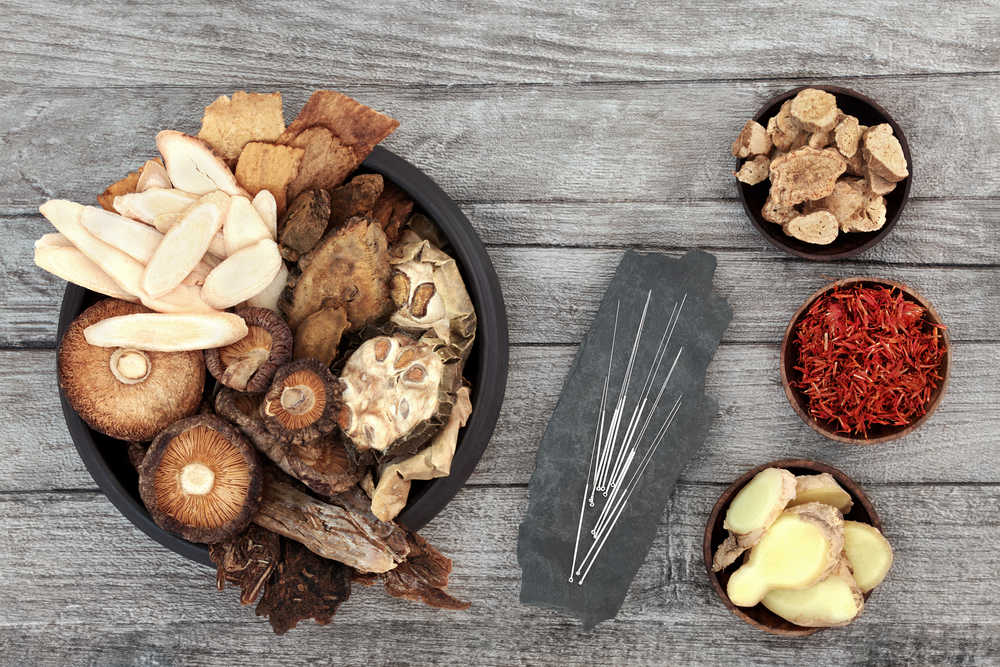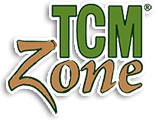Five-Element Acupuncture: Advanced Strategies for Clinical Excellence

By Xiyuan “Alex” Qiu, L.Ac.
For advanced acupuncturists and herbalists, delving into the intricate realm of Five-Element Acupuncture goes beyond foundational principles. In this exploration, we’ll dissect specific advanced applications, backed by case studies with precise details, offering practical insights and a deepened understanding of this ancient practice.
1. Constitutional Balancing: Precision in Elemental Harmony
Insight: Tailoring treatments based on the patient’s constitutional element is a hallmark of advanced Five-Element Acupuncture.
Practical Tip: Conduct detailed diagnostic interviews, incorporating pulse diagnosis and elemental questioning to identify the dominant element.
Case Study: A patient with a Wood constitution displaying impulsiveness and frustration was treated with points such as Liver 3 (Taichong) and GB 34 (Yanglingquan). This resulted in improved emotional balance and increased adaptability (Reference: J.R. Worsley, 1998).
 2. Emotional Alchemy: Navigating the Elemental Landscape
2. Emotional Alchemy: Navigating the Elemental Landscape
Insight: Emotional imbalances are intricately connected to the Five Elements, guiding advanced practitioners to address emotions through acupuncture points.
Practical Tip: Utilize pulse diagnosis and targeted questioning to uncover emotional patterns, allowing for precise treatment.
Case Study: A patient with chronic anxiety and insomnia rooted in unresolved grief (Metal element imbalance) was treated with Lung 9 (Taiyuan) and Large Intestine 4 (Hegu). The result was a significant reduction in anxiety and improved sleep quality (Reference: J. Hicks et al., 2004).
3. Seasonal Attunement: Aligning with Nature’s Rhythms
Insight: Advanced practitioners synchronize treatments with seasonal changes, recognizing the cyclical influence of elemental energies.
Practical Tip: Adjust treatment plans and point selections based on the current season, harmonizing patients with nature.
Case Study: A patient with recurrent respiratory issues during the fall season (Metal element imbalance) received adjusted treatments focusing on strengthening Metal element points. The outcome was a reduction in the frequency and severity of respiratory issues (Reference: H. Maciocia, 2016).
4. Clinical Integration with Herbs: The Synergy of Nature’s Bounty
Insight: Advanced Five-Element practitioners seamlessly blend herbal medicine with acupuncture, creating holistic treatment plans.
Practical Tip: Customize herbal formulations based on the dominant element, offering support at both the energetic and physical levels.
Case Study: A patient with Spleen Qi deficiency (Earth element imbalance) leading to digestive issues received acupuncture alongside a tailored herbal formulation emphasizing Earth-tonifying herbs. The result was a significant improvement in digestive function (Reference: J. Hicks et al., 2004).
5. Energetic Cycles and Meridian Dynamics: Precision in Timing
Insight: Understanding the energetic cycles of the Five Elements and their corresponding meridians guides advanced practitioners in precise timing and sequencing of treatments.
Practical Tip: Map out the patient’s energetic cycles, ensuring treatments align with the natural flow of elemental energies for enhanced therapeutic effects.
Case Study: A patient with menstrual irregularities and hormonal imbalances (Water element imbalance) received treatments aligned with her menstrual cycle, focusing on Kidney 3 (Taixi) and Bladder 23 (Shenshu). The outcome was regulation of menstrual cycles and improved hormonal balance (Reference: J.R. Worsley, 1998).
In conclusion, advanced Five-Element Acupuncture transforms into a dynamic art form when practitioners focus on constitutional balancing, emotional alchemy, seasonal attunement, clinical integration with herbs, and understanding energetic cycles. The case studies provided offer precise details and insights into the practical application of these advanced strategies, empowering practitioners to navigate the intricate elemental landscape with expertise and finesse. In this journey, practitioners become adept conductors, orchestrating the symphony of elemental harmony for profound healing and well-being.
References:
- J.R. Worsley. (1998). Traditional Acupuncture: Volume II Traditional Diagnosis. Eastland Press.
- H. Maciocia. (2016). The Foundations of Chinese Medicine. Elsevier Health Sciences.
- J.R. Worsley. (1998). Traditional Acupuncture: Volume III The Five Elements and the Officials. Eastland Press.
- J. Hicks, A. Hicks, and G. Mole. (2004). Five Element Constitutional Acupuncture. Elsevier Health Sciences.


 2. Emotional Alchemy: Navigating the Elemental Landscape
2. Emotional Alchemy: Navigating the Elemental Landscape